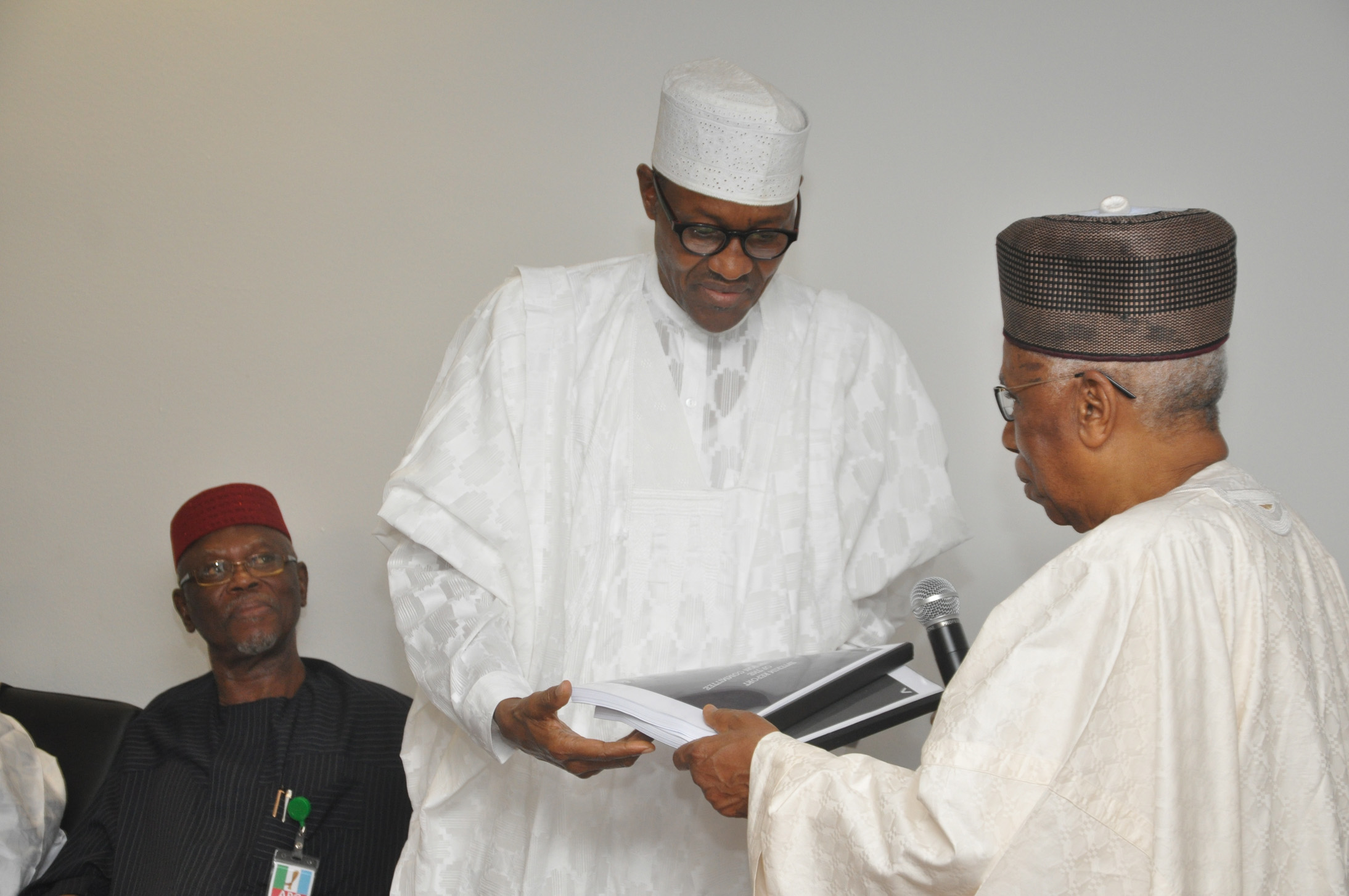The continued mixed sentiment towards the USD is inspiring the currency markets to struggle when it comes to finding direction. While there was an initial buying reaction towards the USD when US retail sales were confirmed as advancing by 1.2% during May, it was in line with expectations and failed to reinvigorate USD momentum.
The only positive I saw from the data was that there was a revised upward revision for April, which provides further support that US economic momentum has picked up in the second quarter. Moving away from the US economic data, I am expecting the USD to gain as we head into next week’s FOMC decision as there will be traders tempted to purchase the USD on the outside chance that the Federal Reserve might shock the financial markets with a US interest rate rise.
The chances of an interest rate rise are extremely slim, but there is an outside chance, and traders might find encouragement from knowing that the currency markets would be completely unprepared for such an event and the subsequent dramatic USD rally. What I would personally like to see from the Federal Reserve next week is the central bank pre-announce exactly when they will be raising rates. There are multiple benefits to doing this with the obvious one being that the markets would finally receive clarity on the timing of an interest rate rise, which is something they have been waiting for. Such a move from the Federal Reserve would also provide a huge favour to emerging markets, especially when you take into account that it would allow central banks to prepare in advance for capital outflows while at the same time also preventing continuous currency pressure.
Moving onto the currency markets, sell-on rallies continue to be the name of the game when it comes to the Euro. In regards to the Eurodollar, the 1.14 area is still seen as the current upper level for the pair, and traders have enjoyed the opportunity to enter selling positions on any over-extensions with the EURUSD falling as low as 1.1182 yesterday. All attention in Europe continues to focus on Greece with the ongoing negotiations still attracting major headlines. Greece is absolutely desperate for cash and time is running out to agree a deal with its creditors, and I continue to see the ongoing situation as a constant threat to investor sentiment.
Advertisement
Meetings between Greece and its creditors have been continuous for months, however they have largely failed to achieve anything in terms of results. While there were reports emerging that Germany’s stance towards Greece is softening, this has been completely contrasted by headlines today that Greece is no longer ruling out a Greek default. As far as I am concerned, the announcement yesterday that IMF officials were walking away from negotiations with Greece just outlines how far away from a deal we really are. There’s just 18 days left until Greece needs to repay the IMF over $1 billion and the Euro remains extremely vulnerable to further declines as a result of the ongoing uncertainty.
What I found interesting is that demand for gold largely failed to budge despite the breaking news that IMF officials were walking away from negotiations with Greece. Any movements in gold continue to be limited to US economic news and the interest rate outlook from the Federal Reserve. If the Federal Reserve tests the patience of USD traders by providing no clarity on when they will begin raising US interest rates this would be bullish for gold. The longer-term outlook is still underpinned by US interest rate expectations, however any vulnerability for US softness as a result of impatience from traders does provide short-term opportunities for gold.
The NZDUSD is still hovering around its near five-year lows below 0.70 after crashing over 200 pips following the Reserve Bank of New Zealand (RBNZ) surprising the markets with an interest rate cut. The RBNZ only raised interest rates during three consecutive meetings one year ago and I think that the sudden shift in policy from the RBNZ can be used as a direct example of why the Federal Reserve needs to be cautious when it comes to pace of US interest rate increases. Changing market conditions such as the fall of commodity and dairy prices have created unexpected pressures on the New Zealand economy with this being why the RBNZ cut rates.
Advertisement
While the RBNZ can afford itself with flexibility to accommodate changes in policy, the Federal Reserve will never have this type of flexibility to shift policy so suddenly and this would create havoc on the global markets. You just have to imagine what type of impact this would have on the emerging markets to understand exactly why the pace of US interest rate increases will be very slow.
After managing to advance to a monthly high at $61.81 following another reduced trade surplus from the United States, WTI oil has slipped by just over one cent to $60.08. While US inventories are consistently dipping lower, it is clear that investment in oil production throughout the Middle East is increasing and that OPEC are attempting to regain market share by squeezing out US producers. The recent International Energy Agency (IEA) report expressed that although demand for the commodity is increasing, OPEC supply is now at its highest level since August 2012. This means that the oversupply concerns will remain as a dominant threat to investor sentiment and will also inspire the price of WTI to remain low.
Follow Jameel on Twitter @Jameel_FXTM
For more information please visit: Forex Time
Advertisement
Add a comment







